Exploring the Mythical Norse Realms: A Deep Dive into God of War Ragnarok
Exploring the Mythical Norse Realms: A Deep Dive into God of War Ragnarok
The mythological tapestry woven throughout God of War Ragnarok is rich and immersive, drawing players deep into the grandiose Norse cosmos with its intricate settings, fascinating characters, and layered storytelling. Taking players on an unforgettable journey, the game offers a meticulously crafted interpretation of the legendary Norse realms.
Deep Dive into the Nine Realms
In God of War Ragnarok, the world unfolds through the interconnected Nine Realms of Norse mythology, each of which is meticulously rendered to create an authentic, immersive experience. These realms range from the ethereal beauty of Alfheim to the fiery depths of Muspelheim. Yggdrasil, the mythical World Tree, acts as the interdimensional nexus, and traveling through its pathways is a marvel, exemplifying the developers’ attention to detail.
Midgard, the realm synonymous with humanity, operates as the core hub from which many quests commence. With its rugged landscapes and ancient ruins, players can feel the echoes of a once-thriving civilization. The world-building here is meticulous, encouraging exploration while providing a palpable sense of history.
Navigating through the icy domain of Niflheim presents challenges that test even seasoned gamers. Shrouded in mystery, this realm demands strategy and perseverance. Similarly, the endless, churning seas of Jotunheim unfold as a landscape as vast as the giants who used to inhabit it, filled with lore and secrets for the curious explorer.
The Tension of Asgard and the Power of the Gods
Crucial to the game’s narrative is the home of the Aesir gods—Asgard, a realm teeming with opulence and mystery. In Ragnarok, the portrayal of Asgard reflects its mythological roots while introducing unique elements that expand upon its divine nature. Odin, Thor, and the elaborate palace Valhalla stand as the epicenter of divine influence, their presence echoing throughout the realms.
Thor, the thunderous god of war and strength, serves as a key figure. His nuanced characterization goes beyond the stereotypical warrior, adding depth that enhances player engagement. Developing a multifaceted view of these gods is one of Ragnarok’s crowning achievements, encouraging players to challenge their preconceptions.
Odin, the enigmatic All-Father, orchestrates much of the conflict and intrigue. This reimagining of the god isn’t merely a retelling of popular myths but an intricate character study that bolsters the game’s overarching themes of destiny, legacy, and familial bonds.
Mystical Creatures and Allies
The game isn’t solely centered on gods, however. It also brings an array of mystical creatures and allies to life, each contributing to the rich narrative tapestry. Mimir, the head that holds knowledge of the realms, continues to provide wisdom and wit, serving as both guide and comic relief.
Drew from Norse folklore, creatures like the terrifying Draugr and the enigmatic Huldra Brothers are strikingly brought to life, embodying both the dangers and wonders of the mythic world. Each adversary and ally has been designed with a distinctive style that provides players unique interactions, and some non-playable characters become indispensable to advancing the storyline.
The Role of Atreus
Atreus, Kratos’ son, emerges from the shadows in a pivotal role, representing the new generation poised to inherit a shifting world. His growth from the previous installment into a young, capable warrior forms a core part of Ragnarok’s narrative arc. The exploration of his lineage and nature, influenced by divine and mortal heritage, crafts a narrative that is deeply personal and universally resonant.
As players navigate through his journey alongside the stoic Kratos, the evolving relationship between father and son becomes the emotional heart of the game, deftly maneuvering themes of trust, independence, and understanding amidst the chaos and conflict of divine warfare.
Crafting and Exploration
Beyond the exhilarating combat and heart-wrenching storyline, Ragnarok features a robust crafting and exploration system. Players can delve into crafting the finest armor and weapons, which are not only aesthetically pleasing but essential for survival amid the divine conflicts.
The exploration mechanic is designed to reward curiosity. Hidden paths, secret artifacts, and legendary beasts are scattered throughout the realms, encouraging a deeper dive that reveals the boundless creativity of the world designers. Side quests unfold in such a way that they enhance rather than detract from the main narrative, providing meaningful contexts and rewards.
Sound and Visuals
The game’s auditory and visual components play a crucial role in shaping the immersive experience. Composer Bear McCreary returns to create a powerful soundtrack, seamlessly interweaving orchestral and traditional Norse elements to reflect the game’s tone and atmosphere. The music acts as a narrative tool that accentuates emotional peaks and adds tension to climactic battles.
Visuals in God of War Ragnarok are a masterclass in artistry. The attention to intricate details—from the bark on Yggdrasil’s branches to the ethereal glow of the Bifrost—complements the intense color palettes and lighting effects that dynamically shift with the narrative context, ensuring a visual journey that is as engaging as the gameplay itself.
Player Experience and Environment Interactivity
Ragnarok designs its landscapes to be as interactive as they are expansive. The player is encouraged to engage with the environment actively. From scaling a cliff to uncovering a stunning vista, the world is filled with interactive elements that make exploration rewarding. Environmental puzzles are thoughtfully integrated, teasing the brain without detracting from the narrative flow.
The crafting system extends to environmental interactions, where materials found in the world can be used to forge new weapons and items, further immersing players in the experience of surviving and thriving within this mythological setting.
The game’s skill tree progression allows players to unlock powerful new abilities and tailor their combat style to their preferences, ensuring replayability and engagement levels are kept high as they face off against increasingly formidable foes.
Integration of Myth and Storytelling
Ragnarok masterfully integrates Norse mythology within its storytelling, taking creative liberties while respecting source material to craft an epic narrative that’s both engaging to new players and rewarding for mythology enthusiasts. The story intertwines familiar myths with fresh twists, offering a journey of unpredictability and discovery.
Each realm is steeped in mythology, unraveling these tales through environmental storytelling, NPC dialogs, and epic battles. Ragnarok examines themes of destiny and free will, loosely paralleling the mythic Ragnarok catastrophe where the gods face their doom, effectively asking players to contemplate agency within preordained narratives.
In reimagining these myths, the game challenges players to think critically about heroism, power, and the moral complexities that arise when gods and humans collide. This narrative complexity offers a rich soil for discussion and interpretation, setting it apart as a significant milestone in video game storytelling.
Through dynamic gameplay, stunning visuals, and a profound narrative, God of War Ragnarok achieves an intricate blend of mythology and modern storytelling that offers players not just a game, but an epic mythological experience reimagined for the modern age.
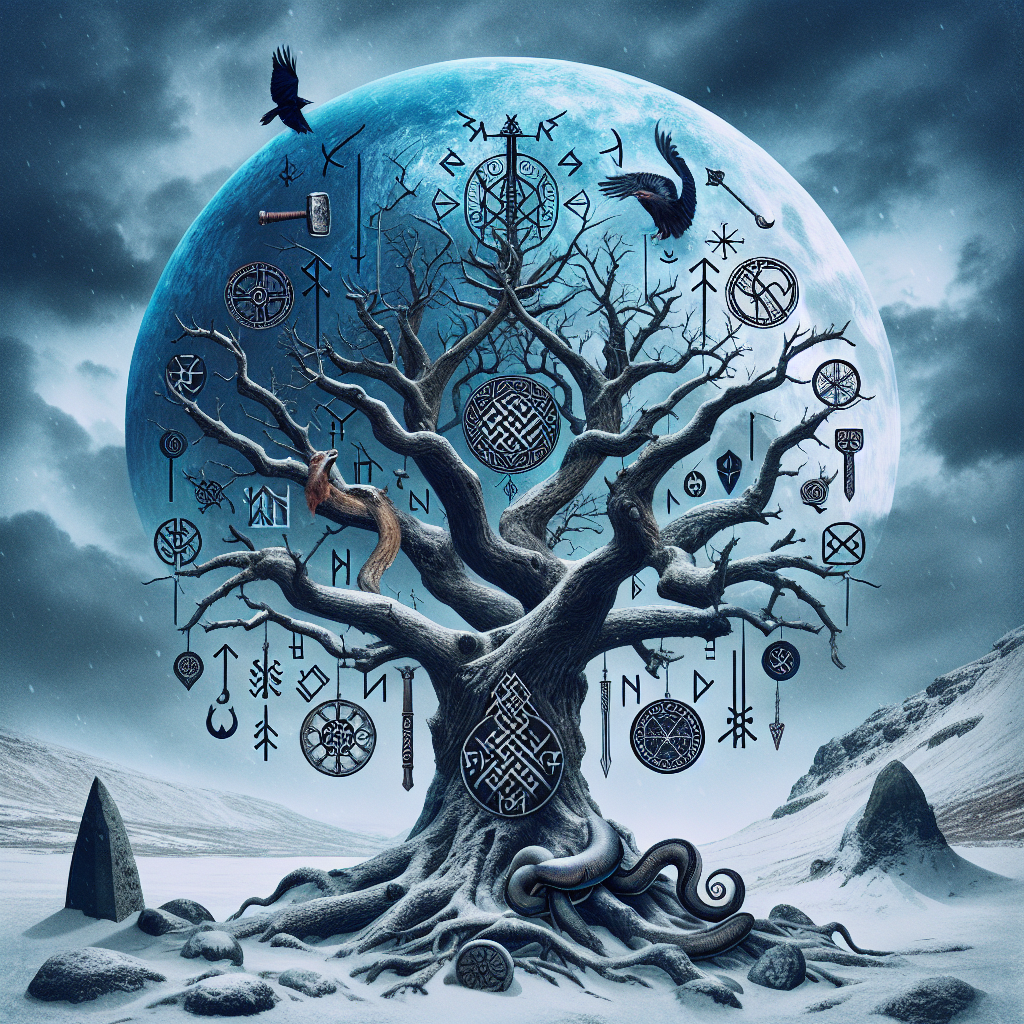
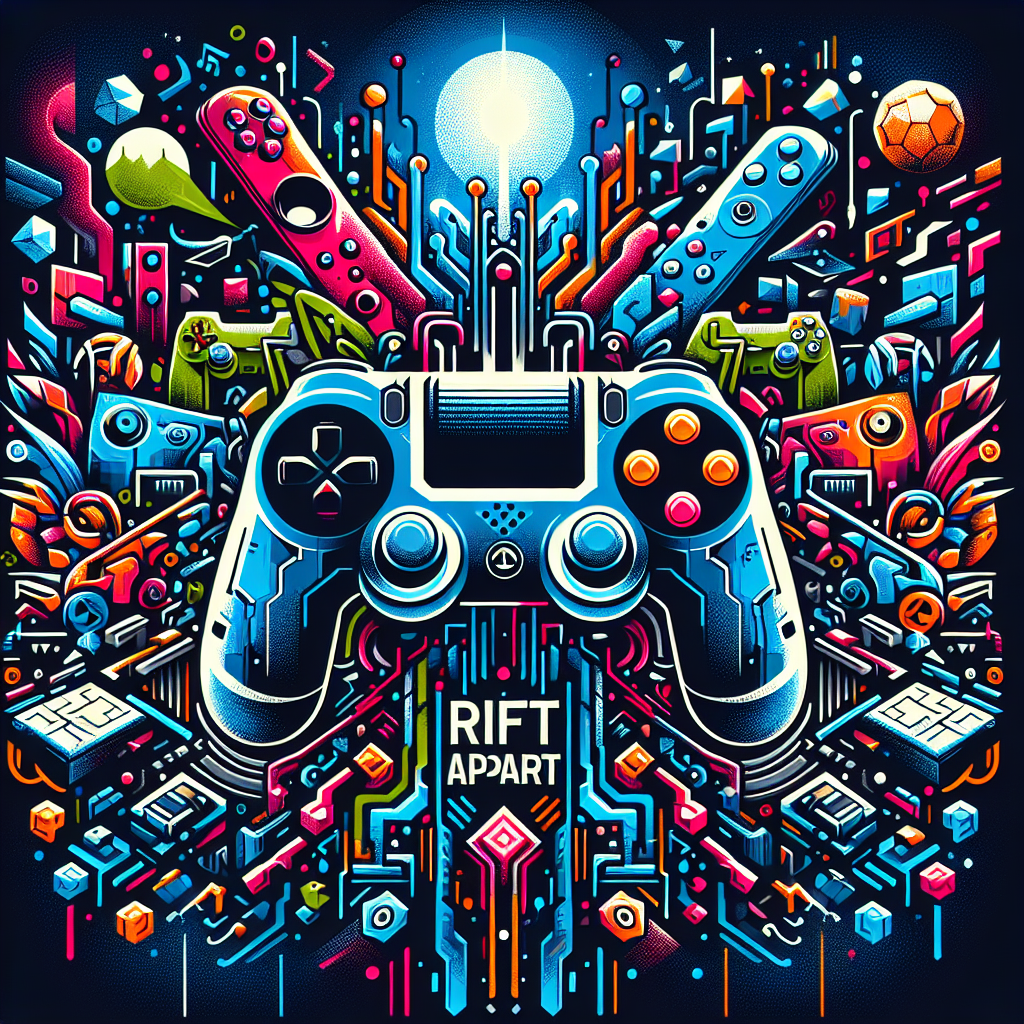
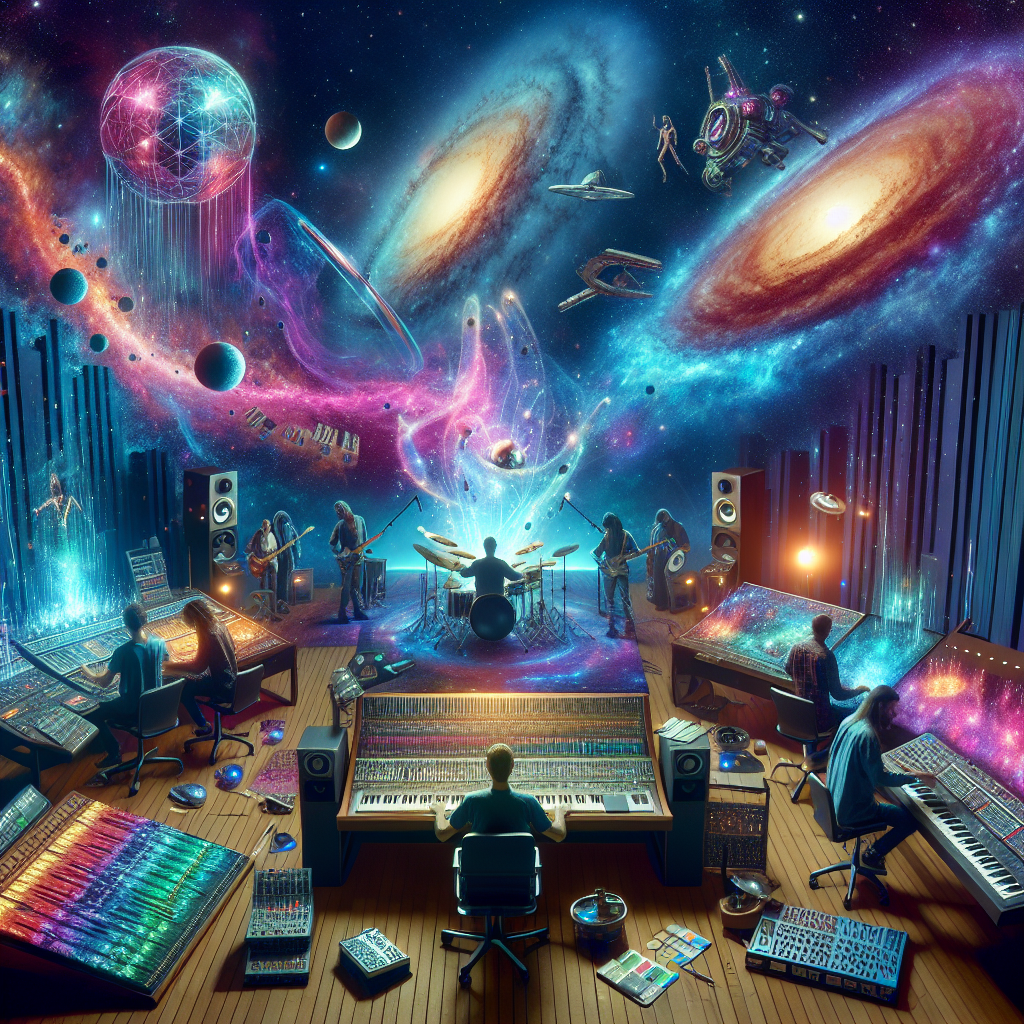
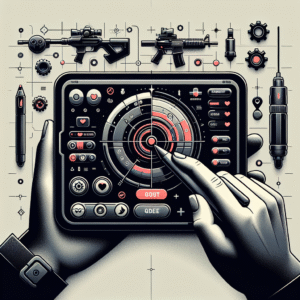
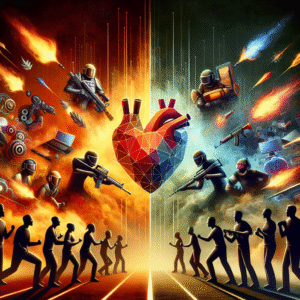

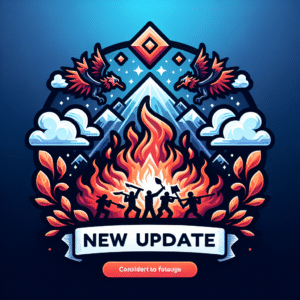

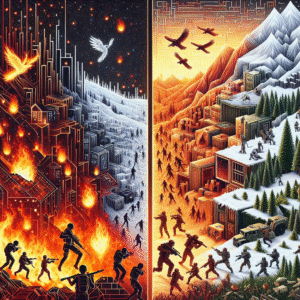
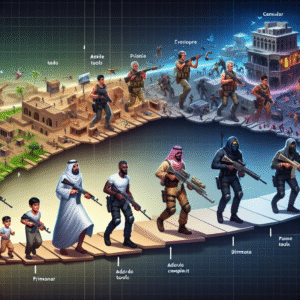
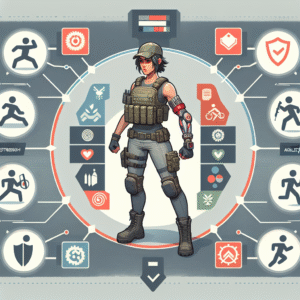
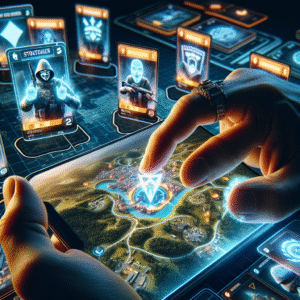
Post Comment